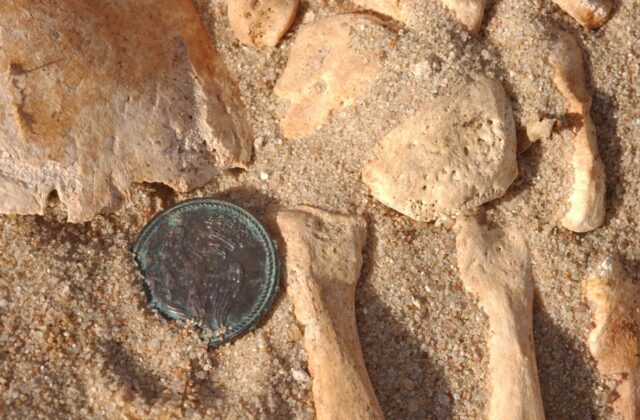Modern methodologies
Raskovan and his co-authors note in their paper that the 2006 study relied on outdated PCR-based technologies for DNA analysis. Regarding the family of viruses found in the pulp of Kalingrad's tooth, they argue that these viruses are ubiquitous and usually asymptomatic in humans, and are therefore unlikely to be the main culprits of the diseases that destroyed the French army. So Raskovan's team decided to use modern DNA analysis techniques to re-analyze another set of remains of Napoleonic soldiers who died in Vilnius.
“In most ancient human remains, the pathogen DNA is extremely fragmented and present only in very small quantities, making it very difficult to obtain entire genomes,” said Raskovan. “We therefore need methods that can uniquely identify infectious agents from these weak signals, and sometimes even identify their lineages, to explore the pathogenic diversity of the past.”
An 1812 report by one of Napoleon's physicians, J. R. L. de Kirkhoff, particularly noted typhus, dysentery and diarrhea following the soldiers' arrival in Vilnius, which he attributed to large barrels of salted beets consumed by the starving troops, “greatly distressing us and greatly irritating the intestinal tract.” Raskovan, etc. Please note that such symptoms can accompany any number of conditions or diseases characteristic of 19th century Europe. “Even today, two centuries later, it would be impossible to differentiate between typhus, typhoid fever, or paratyphoid fever based solely on symptoms or survivor testimony,” the authors write.

An Imperial Guard button discovered during excavations.
Photo: UMR 6578 Aix-Marseille University, CNRS, EFS.
More than 3,200 remains were excavated from a mass grave in Vilnius, almost all of them males between the ages of 20 and 50. Raskovan et al focused on 13 teeth from 13 different people. To compensate for the degradation of 200-year-old genome fragments, co-authors from the University of Tartu in Estonia helped develop a multi-step authentication method to more accurately identify pathogens in samples. In some cases, they were even able to identify a specific ancestry.







